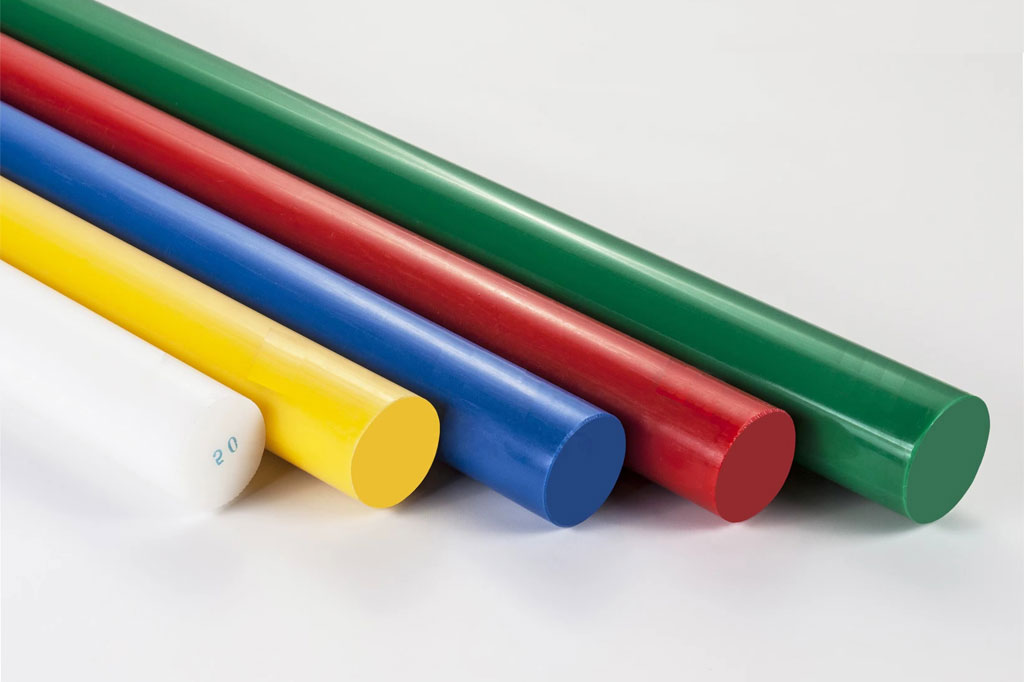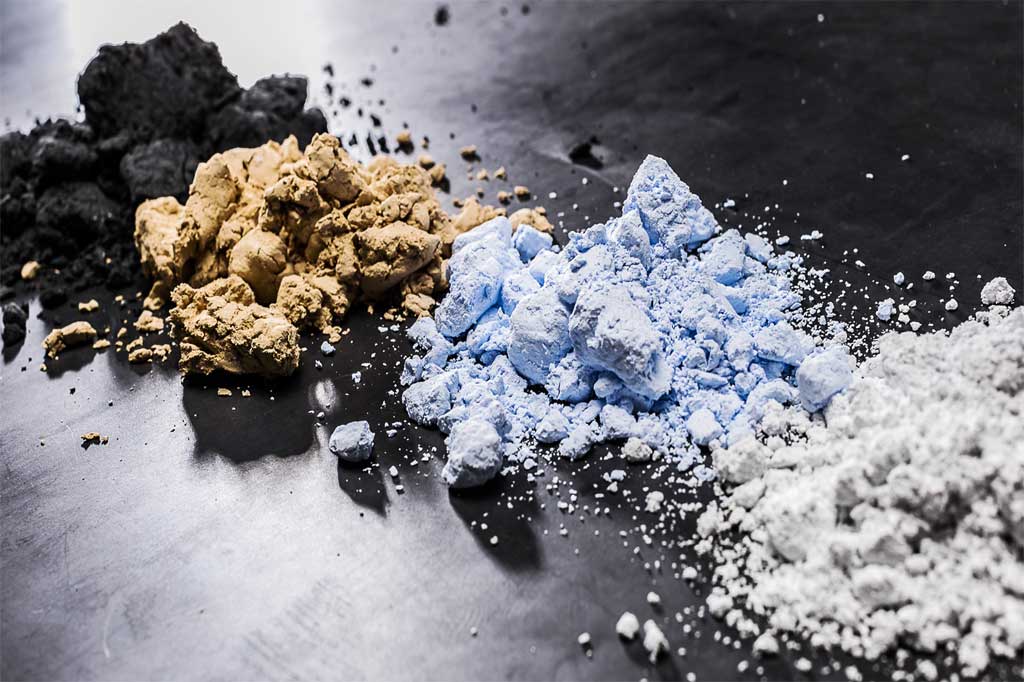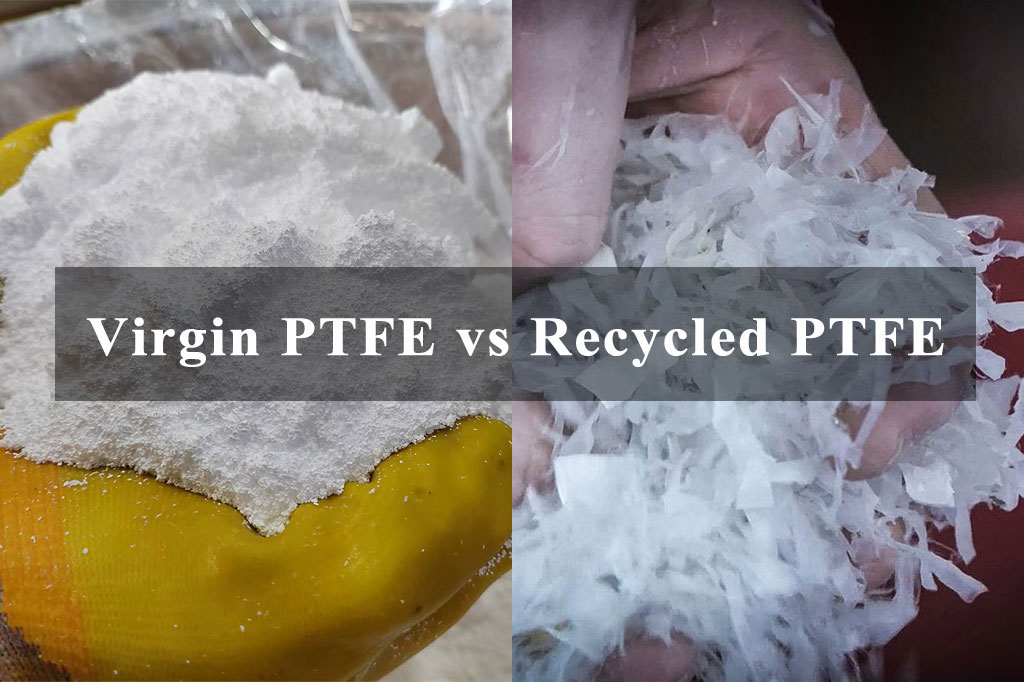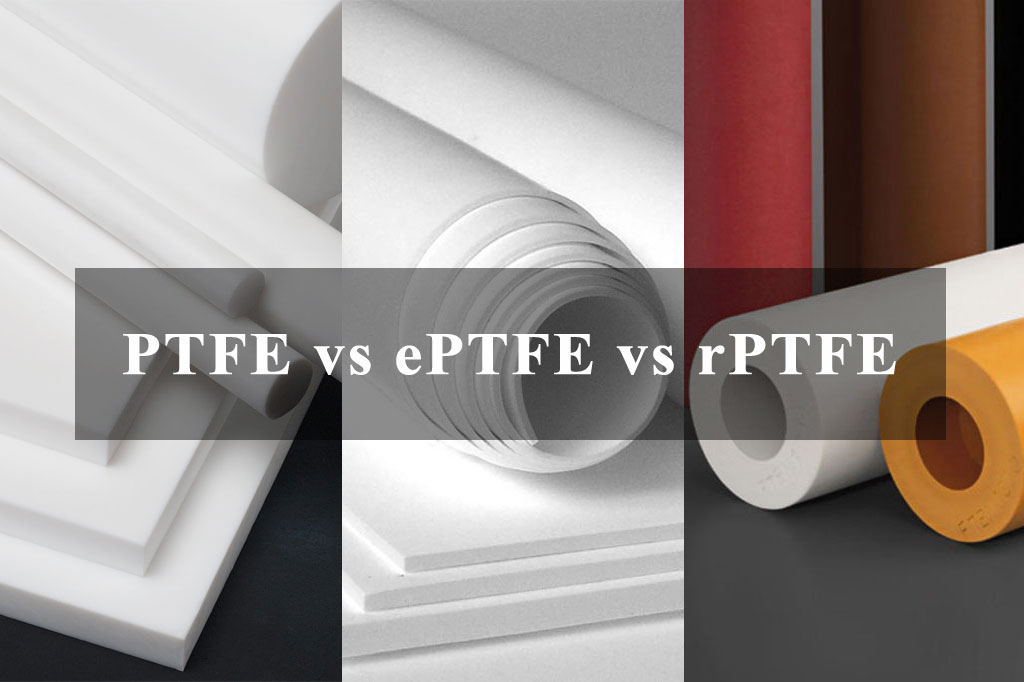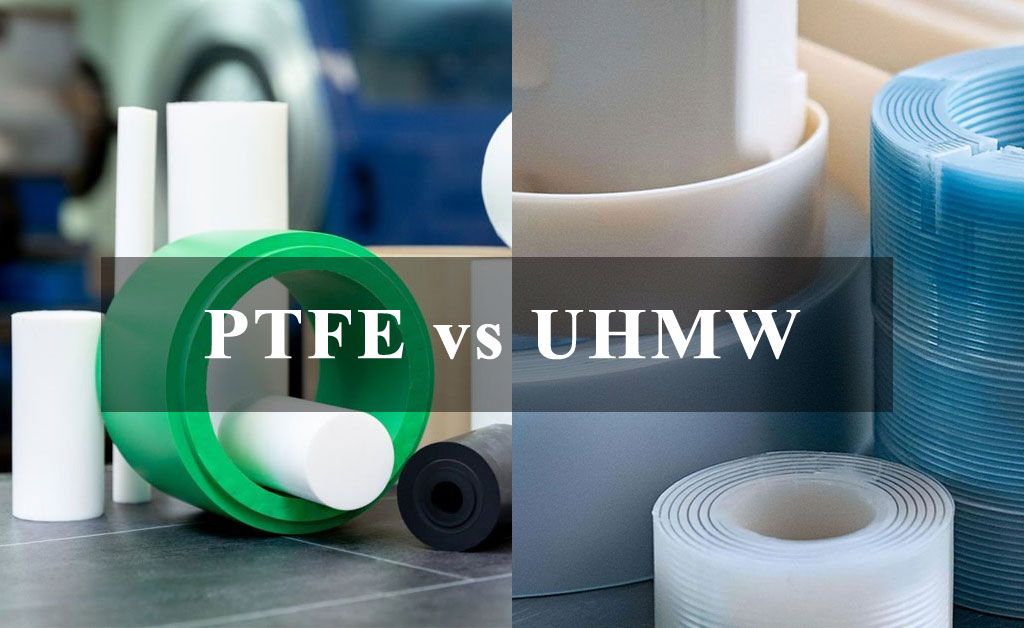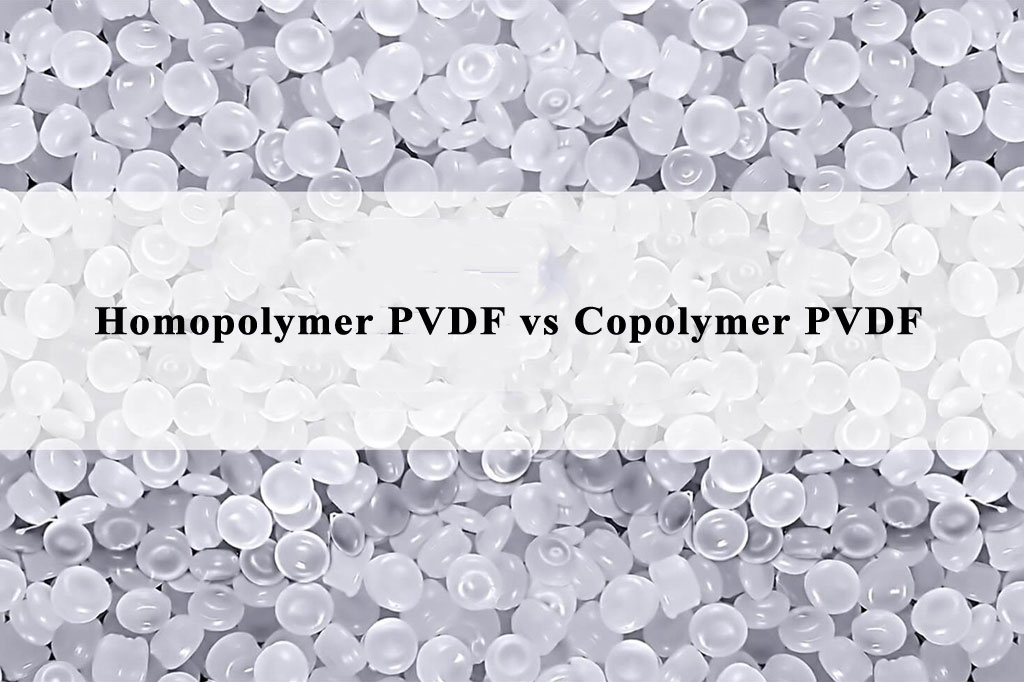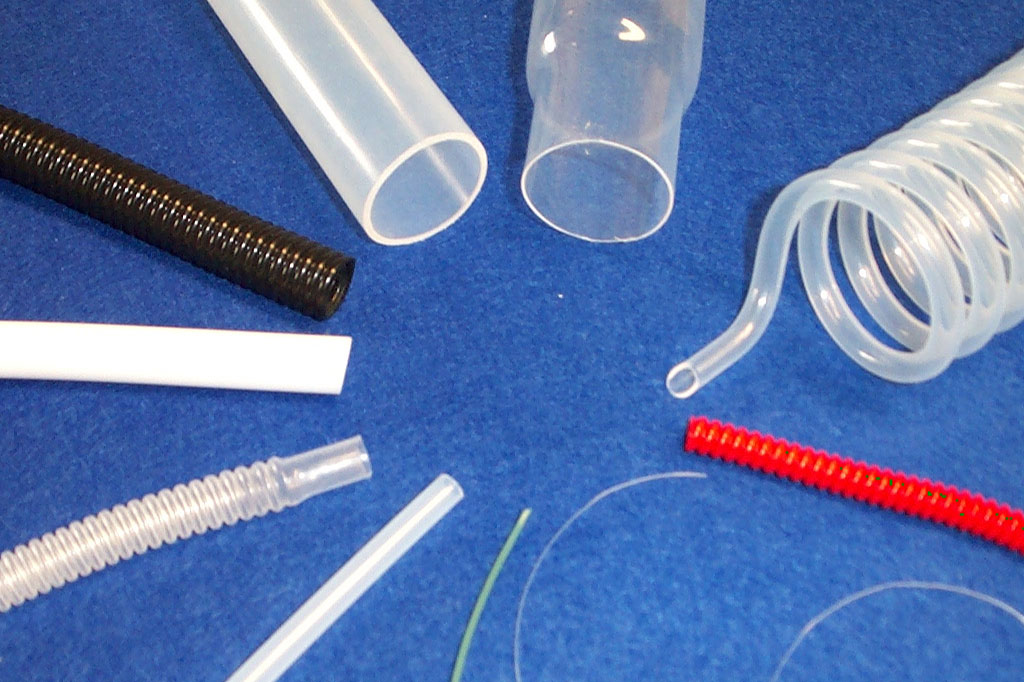Different Grades of PTFE Rods
Selecting the appropriate PTFE rod grade is crucial for balancing performance and cost. While virgin PTFE suffices for general-purpose applications, many demanding environments call for enhanced mechanical strength, improved stiffness, reduced wear, or better thermal conductivity. Manufacturers achieve these improvements by compounding PTFE with fillers—glass fibers, bronze, carbon, graphite, molybdenum disulfide (MoS₂), and more. In […]
Different Grades of PTFE Rods Read More »

